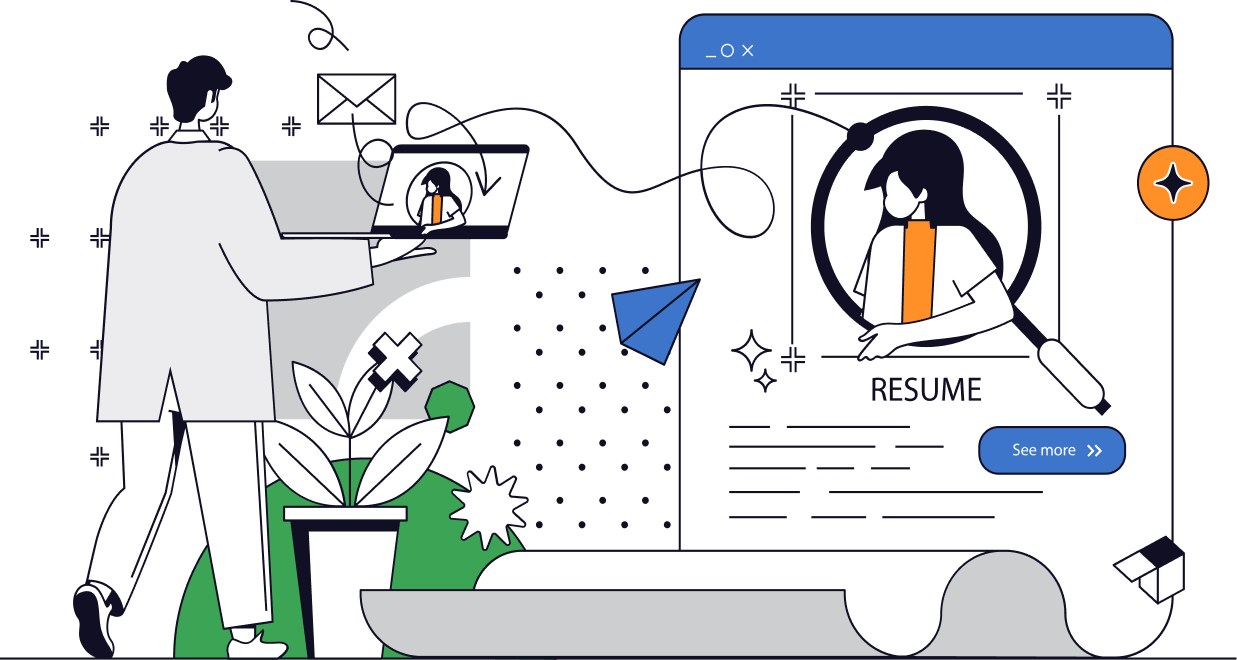


There are a few basic questions that all resumes should answer. These include: a succinct description of who you are; what you have accomplished and if are you qualified; and what you have learned through education. As you write the resume, keeping these questions in mind will aid the hiring manager in matching your experience to the job description.
The best way to demonstrate that you understand the job being considered is to thoroughly read the job description and then use Keywords that best describe your experience against their requirements. Show tasks and results of your efforts which have benefited the organization. Every hiring manager seeks candidates who can add immediate value to the team.
Paying attention to the job posting cannot be emphasized too much. If a skill is listed, and you possess that skill, make sure it shows up on your resume!
You can answer this question by including quantifiable results from your contributions to previous (and current) employers. A good way to accomplish this is to use Problem-Action-Result statements. State the problem that you faced, the action(s) you took, and the results.
If you have held many different types of positions, or changed employers frequently, employers may wonder if you are committed to your career.
If this has been your past, then you want to organize your resume so that the focus is less about the number of jobs held, and more about your matching skills and experience. If some of the jobs lasted a very short time and are unrelated to the job to which you are applying, it may be better to eliminate those positions.
Another strategy might be to show how each of your diverse jobs related to your strategy to enter this career path. Accomplish this through your Problem-Action-Result statements. You can reframe the perspective of the potential employer by emphasizing those aspects of a prior job description that transfer to the new career.
The best way to demonstrate your sense of responsibility on a resume is by using strong, action words that reveal your accountability for specific tasks. A goal-oriented, leader who has solved problems, arrived at solutions and performed as a team player will reveal a sense of responsibility. This language can easily apply to all levels of candidates, from entry-level to senior management. Recognizing your accomplishments within your career/academic history, and showing the results of your efforts, will reveal that you are a viable, responsible candidate.
Another strategy to emphasize the fact that you are responsible is to develop your Problem-Action-Result statements so that they reflect increasing responsibilities in your employment history.
If the job you are applying for involves deadlines and pressure, once again, using Problem-Action-Result statements is a way to demonstrate your ability to function in stressful situations. Including language like: accomplished goals on time/under budget; multi-tasked; worked extra hours…; managed difficult customers, etc., will send the message that you can function in a fast-paced, stressful environment.
Most hiring managers decide whether they are interested in a candidate within 6-10 seconds - usually after the ATS software has prescreened the resume. This means your resume needs to shine; to be easy to read; stay on topic and include Keywords and language that directly correspond to their job. Remember that the resume is only a brief picture of you as a candidate. Your Linkedin profile should include many more details and information that will supplement the resume. The resume and Linkedin profile together will comprise a more informed story of you as an individual and employee.